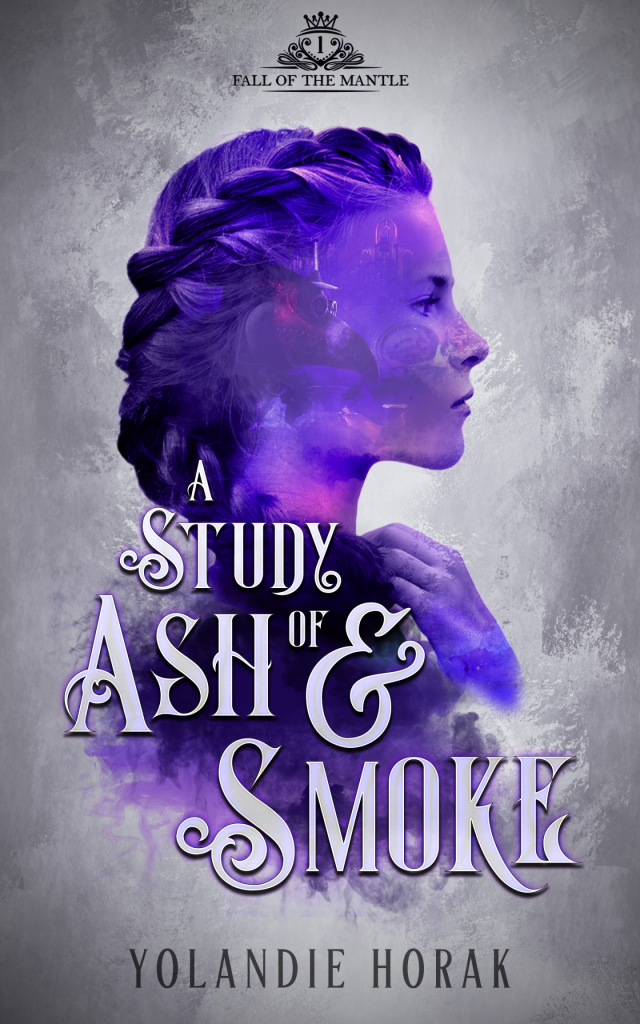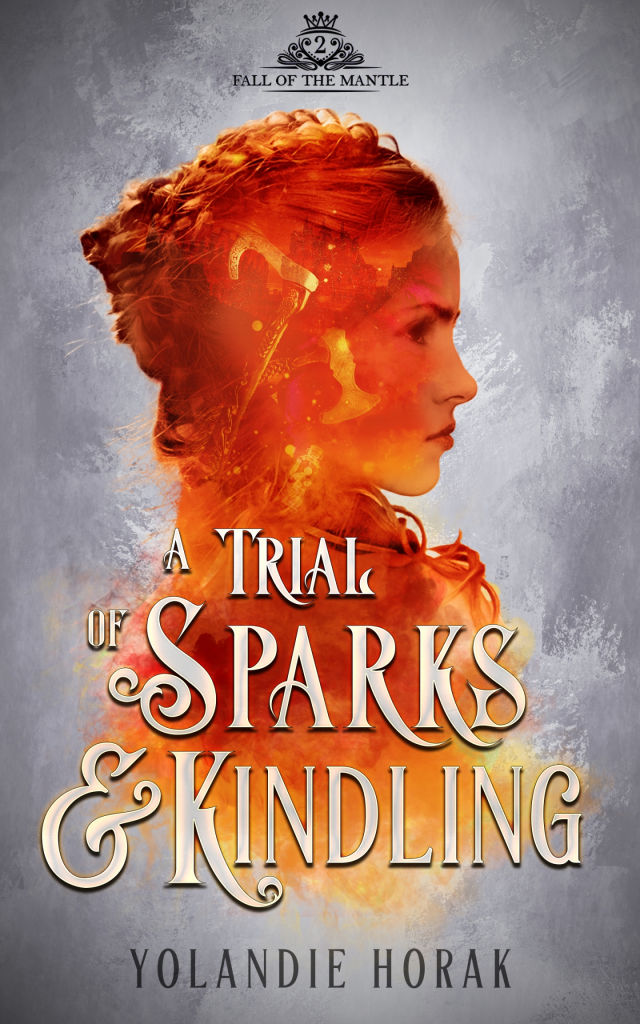Yay, a tutorial, inspired by my friend Tallulah. 🙂
Before we get started though, a disclaimer. This is how I use these things. Some other, more experienced artist will probably tell you not to do what I do, and that’s OK. Like everything in life, we all need to find our own personal hacks to make what we do look like magic.
If you’ve experimented and found simpler ways to do things, please drop me a line! I’d love to learn too.
OK. Tutorial.
The conventional way to use watercolour pencils is to colour with them and paint over the pigment with a damp brush. In the review post for these pencils, I mentioned that applying different pressure to the pencil will result in different looking paintings. To illustrate this and so you know what I mean when I say light, medium or hard pressure, I made a swatch.


For this first part of the tutorial, I used the pencils in the conventional way. 🙂 Let’s call it dry-on-dry.
Using light pressure, I plotted out where I wanted my colours to go. I never colour in only one direction – if you scribble, feathering the colour outwards, you’ll get a softer finish.

Continue adding colour.
I’ve kept this application in the medium range, because I wanted to show you that it is possible to achieve maximum vibrance using only one layer. What’s a layer? Well, when you apply colour, paint over it, let it dry – that’s one layer. You can add more colour or detail on top of the first layer by repeating the steps, I’ll show you this in the rest of this tutorial. For certain artworks, layers are a must (portraits and some landscapes, for example) but others can be completed in only one run – though, I must be honest that I’ve only managed a single layer painting once (this tiger).
I made sure to pre-blend the colours by feathering them over each other. If two colours overlap, they’ll blend better when painted.
I always start painting at lightest colour value. The darker colours will flow outward from there and I won’t have to struggle later with adding too much white.
For this painting, I used a drier brush. I’d dampen the bristles, then press the excess water onto a piece of toilet paper. If I’d gone in with a soaking brush, the colours would have smudged together to the extent that they blended into a new, almost solid colour, because there was so much pigment on the paper. Not the look we were going for. But if the brush is only damp, we have more control over how the pigment spreads.
Yes, I’m a control freak. 🙂
While that one dried, I went on to part 2 of the tutorial.
On the packaging for most watercolour pencils, they’ll tell you that it’s possible to draw directly on damp the paper to get that wet-on-wet look. If you’ve worked with watercolour pencils before, you know this is a lie. Water will soften the tip and smudge too much colour on the page, leaving scraggly lines that bleed outwards and damage the paper.
Don’t worry though, it’s still possible to get the wet-on-wet watercolour look we love. I have two ways to achieve this.
The first is to apply water to the paper, as you would with real watercolours. I dampen the brush and touch it to the tip of the pencil to get some pigment on the bristles, then paint using tapping motions.
Important if you use this method – make sure to have toilet paper handy. If you get the wood wet, your pencil might splinter next time you sharpen it. Be careful to touch the wet brush only to the pencil’s tip and use the TP to dry off any excess water when you’re done with the colour.



Continue adding colour until you’re happy with the result.
Now, since the paper will warp when wet, the paint will always puddle in certain areas. To fix that, just dry your brush, press down in the puddles and wipe the excess paint on a piece of paper. You could also use toilet paper to soak up excess paint.
You could get this same kind of effect if you touched the damp brush to the pencil’s tip and painted on dry paper – AKA wet-on-dry. This method is my favourite and follows the exact procedure of the step above, minus the wet paper. Easy.
OK. Let’s start on layer 2.
I didn’t add any colour to the first circle, but didn’t like the way the colours blended. That look works great for other paintings (I’ve used it here, for example) but I wanted a softer feel this time.
With a barely damp brush, I blended the edges in soft, swirling motions. Whenever you do this it’s good to use light pressure. If you press too hard, you’ll lift a lot of pigment – a good trick to remember when you’ve made a mistake!
Before and after blending the edges. You could blend even more, but I like watercolour splotches.
When the other two circles were dry, I added another layer of pigment.
It’s important to mention I didn’t use the wet-on-wet method for a second layer. I’ve never tried it that way, but I’m fairly sure too much of the bottom layer will move and the pigments might blend in a way you didn’t foresee. 🙂
For the red and yellow circle, I used the wet-on-dry method, but for the green and blue one, I went dry-on-dry and coloured directly with the pencils.
This last photo is the result of the second layer. The colours are much more saturated and vibrant, but you could add more layers to achieve even richer colour values if that floats your boat.
For the third layer, I added highlights and details. I used the wet-on-dry method with my white pencil to add the highlights in dabbing motions.
When I was happy with the outcome, I splattered white paint onto the circles, by holding the pencil close to the page and flicking the damp brush over the tip. Instant stars.
You can also get star-splatter by dipping a toothbrush (or anything with stiff bristles) into watery white paint and running a finger over the bristles (practice this on a scrap paper first – it’s messy) or adding the paint to one brush, holding it horizontally over the paper and tapping it lightly with another paintbrush. Both these methods work well, but are difficult to control and will deliver bigger splatter drops (which is great if you’re painting on larger scale). I’m honest, though, I’ve struggled to get a result I like by using these methods.
Anyway, I added some bigger and smaller stars by pressing the pencil’s tip to the paper and as a last detail, I painted some crosses over some of the bigger stars.

Et voila – small galaxies.
I hope you’ve enjoyed this tutorial. Please let me know if you’d like to see more of these, I’ll do my best to deliver and my parents might just be thankful that my history in art is FINALLY being put to use somewhere. 😛
Have a good weekend, folks!
Yolandie
[featured-content]























4 responses to “Watercolour Pencil Tricks”
Yay thank you so much for this! I’m excited to try the wet on wet and wet on dry methods you mentioned. I’ve only tried dry on dry so far!
LikeLike
Can’t wait to see what you create! 🙂
LikeLike
Never tried to add water to my colors, but am sure to try on some of my older pics just for fun and see what happens. Will let you know.
LikeLike
Watercolour pencils will blend when wet, but normal colouring pencils won’t have the same effect. I’ve heard that normal pencils can be blended with turpentine or rubbing alcohol (surgical spirits) but I’ve never tried this before. ❤
LikeLike